So you thought you left acne behind, with cross country carnivals and weekend curfews? We wish it was that simple. But instead - adult acne is on the rise.
It’s likely a welcome mix of having more open forums to chat about skin. Social media now a safe space to spotlight skin issues. And therefore more visibility on just how many faces (a lot) are working to accept and treat the same skin concerns as you.
But also, medical advancements. Doctors are recognising some of the underlying causes that may be contributing to this second wave of acne later in life, like polycystic ovarian syndrome (PCOS). And as always, genetics play a very big role in our health. Skin included.
Getting spots as a Grown Up truly sucks. So before you pick up the tea tree oil or request another subscription for the pill, let’s talk about acne as a teen versus an adult: what’s the difference, and what can you do to manage it.
What’s the difference between teen acne and adult acne?
Teen acne is part-genetic, part-hormonal, and most commonly related to puberty. As a teen you typically experience breakouts on the face, chest, and back, and have more blackheads and whiteheads than adults due to the excess production of sebum while your hormones surge. Teens, however, have faster cell turnover and more resilient skin, so the recovery from breakouts is much quicker. Lucky.
Adult acne could be the result of chronic stress, hormonal imbalances (PCOS, coming off the pill), or more generally, the skin type you’ve been gifted. Often cropping up around the mouth, chin, and jawline, these breakouts are generally inflammatory (red, sensitive), and can be a bit of a pain to get rid of because cell turnover slows as we age. Meaning, the healing process is a bit more drawn out, and you have to factor in additional ageing concerns like dehydration and pigmentation.
If I had acne as a teen am I likely to experience it as an adult too?
“Is teen acne a harbinger for adult acne? Yes. And no,” explains dermal therapist, Sieanna Pardi.
“Genetics really matter. So if acne runs in your family, you are more likely to experience breakouts in your adult years. It might feel like you’ve inherited a not-so-glamorous legacy but with the right knowledge and skincare you can kick it to the curb,” Sieanna adds.
The ‘no’ side of things is where you (unfortunately) have no real control. Physical and emotional triggers - pregnancy, illness, stress - give acne an excuse to resurface. Sieanna recommends to: “keep an eye on your stress levels and overall health because any dramatic or hormonal change has the potential to wreak havoc on the skin.”
How do I treat adult acne?
Firstly, don’t pick or panic. Secondly, seek expert advice.
“A combination of skincare strategies, advanced treatments, and simple lifestyle changes can help manage adult acne effectively,” confirms Sieanna. She suggests reaching for products that contain:
Salicylic Acid: A beta hydroxy acid (BHA) penetrates deep into pores, exfoliating dead skin cells and unclogging pores. Cleansers or spot treatments that contain 1-2% salicylic acid is your sweet spot.
Azelaic Acid: A multitasking ingredient, azelaic acid reduces inflammation, unclogs pores, and inhibits the growth of acne-causing bacteria. It also helps fade post-inflammatory hyperpigmentation.
Retinoids: Derived from vitamin A, retinoids promote cell turnover, preventing pores from becoming clogged and reducing the formation of acne lesions. (Begin with a lower strength retinoid to minimise potential irritation and gradually increase frequency of use.)
Niacinamide: Also known as vitamin B3, niacinamide helps regulate sebum production and reduces inflammation, making it a valuable ingredient for acne-prone skin. Look for serums or moisturisers containing 10% niacinamide for optimal effectiveness.
Hyaluronic Acid: While not directly targeting acne, hyaluronic acid hydrates the skin without clogging pores, helping to maintain skin barrier function and prevent excessive dryness from acne treatments.
If it’s an accessible option for you, Sieanna recommends investing in the following treatments:
Broad Band Light Therapy (BBL): Utilises intense pulses of light to target acne-causing bacteria and reduce inflammation, leading to clearer skin.
Acne Laser Therapy: Laser treatments such as Nd:YAG or diode lasers can help reduce inflammation and kill bacteria associated with acne, promoting faster healing and preventing future breakouts.
Chemical Peels: A chemical peel involves applying a solution to the skin that exfoliates the outer layers, revealing smoother, clearer skin underneath. Peels containing ingredients like salicylic acid or glycolic acid can be effective for treating acne and improving overall skin texture.
Hydrafacial: A multi-step treatment that combines cleansing, exfoliation, extraction, and hydration, to deeply cleanses pores, remove impurities, and infuse the skin with nourishing serums.
LED Light Therapy (Blue Light): Targets acne-causing bacteria deep within the skin, reducing inflammation, and preventing future breakouts without harming the surrounding tissue.
And at home, these remedies can support your skin journey too:
Silk Pillowcases: Gentle on the skin and less likely to absorb excess oils or irritate acne-prone skin compared to traditional cotton pillowcases. They also reduce friction, preventing skin irritation and hair breakage.
Dietary considerations: While research on the link between diet and acne is ongoing, some individuals find that reducing consumption of dairy, sugar, and processed foods can help improve their acne.
Content creator, beauty therapist, and our go-to for all-round acne-positive chat, Madeleine Edwards, had something very similar to say on the art of treating flare-ups with more holistic lifestyle tweaks. “Personally, my breakouts are ever-present, and while topical products do help a little, I know they’ll never get “rid of” my acne. So I focus on the things that I can control, like what I eat, and getting a good night’s sleep. I try to limit sugar (emphasis on try), because I see a noticeable difference in my skin’s inflammation the day after I’ve eaten a whole bag of sour worms and Peanut Butter M&Ms.
Acne is a physical condition, but WOW, it takes a lot of emotional energy to get through a long day of wondering if people are looking you in the eyes or at the blinder between them. Wearing an insecurity for everyone to see is exhausting, so make sure you’re well rested, taking it slow, limiting stress, and being kind to yourself, really.”
If you do make some changes, inspired by the above, but aren’t seeing any improvements in the skin. As always, we recommend consulting your GP or dermatologist for more personalised advice.
Adult acne trying to crash the clear complexion party? Your skincare arsenal is officially full.




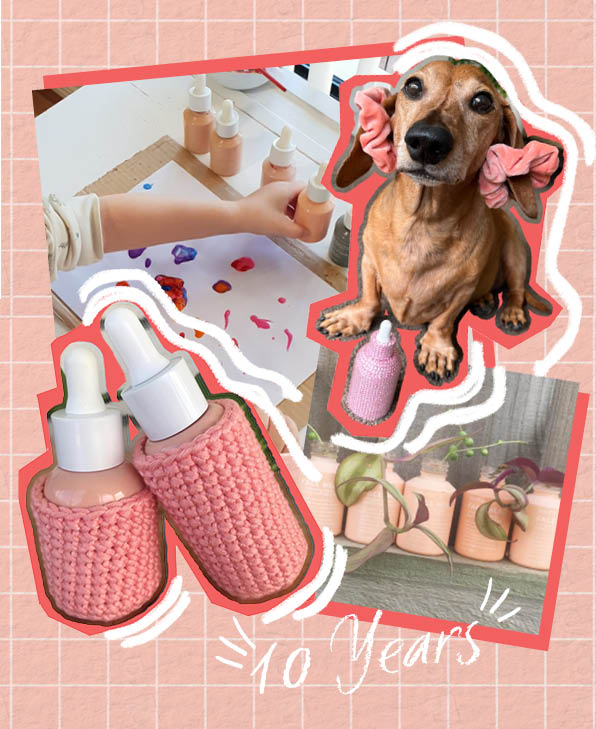

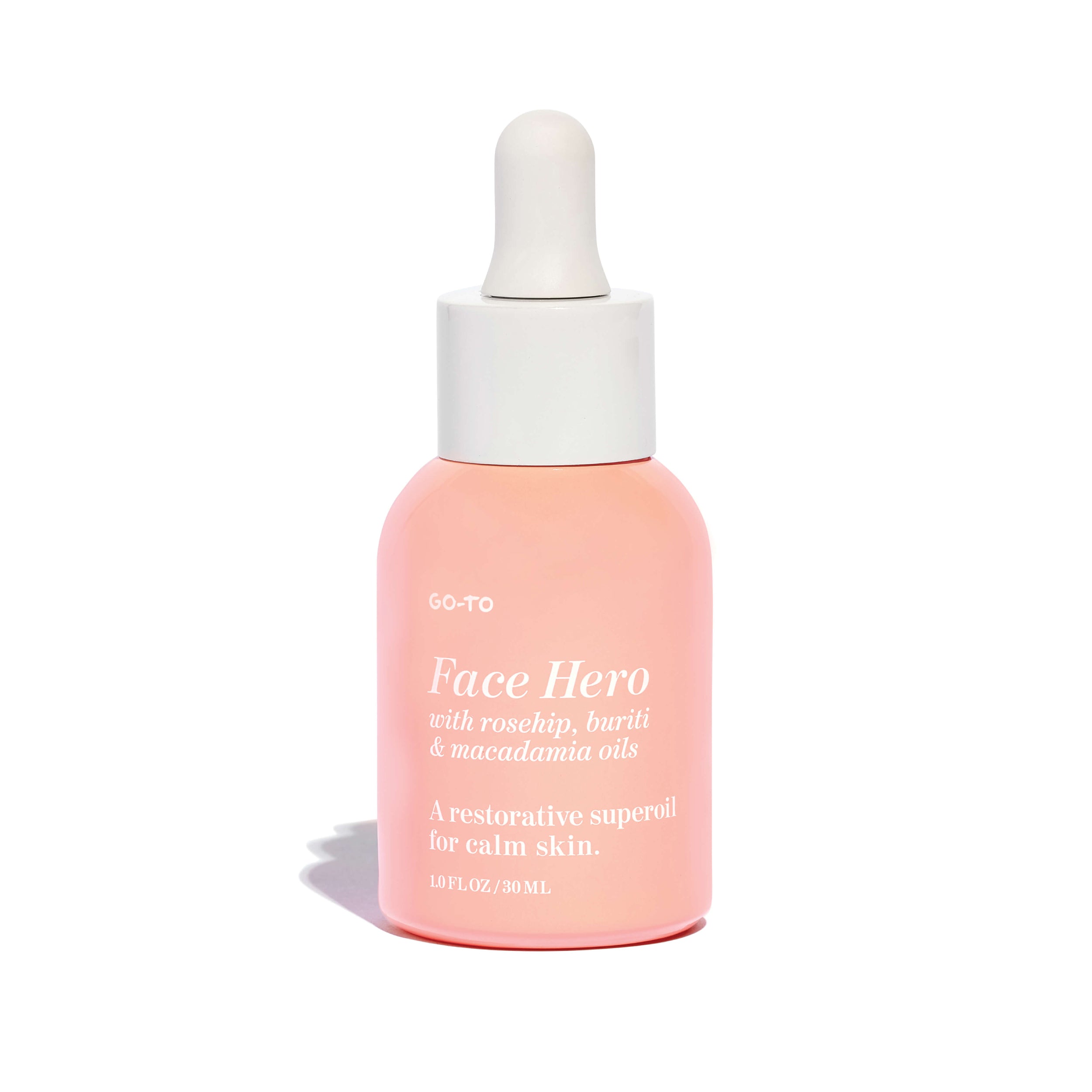


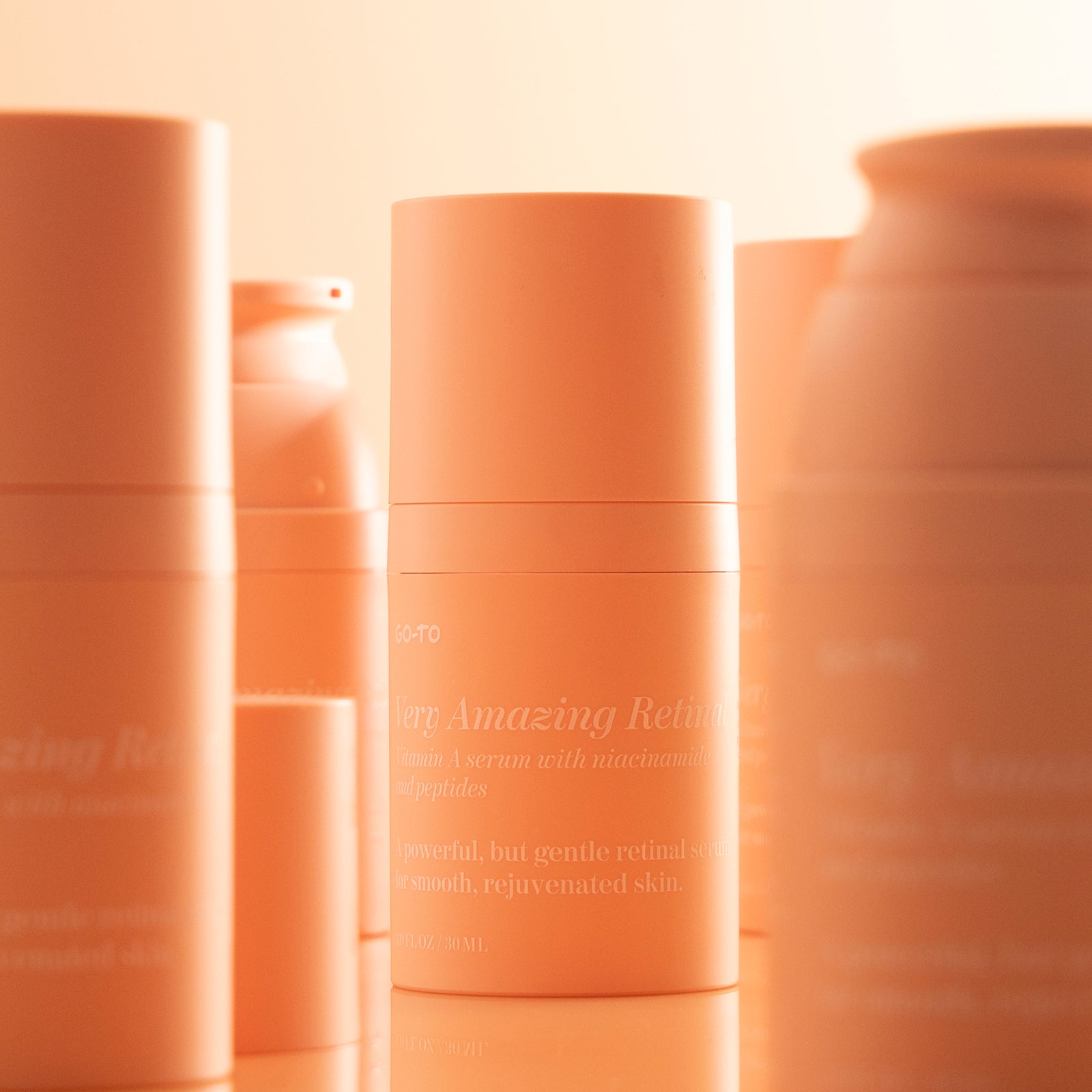
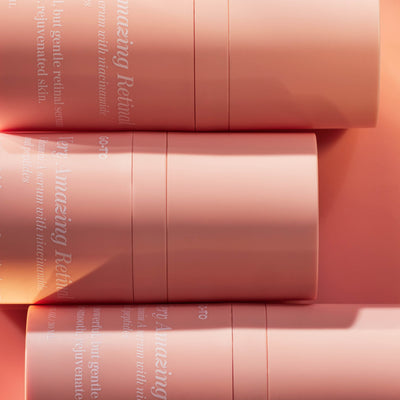

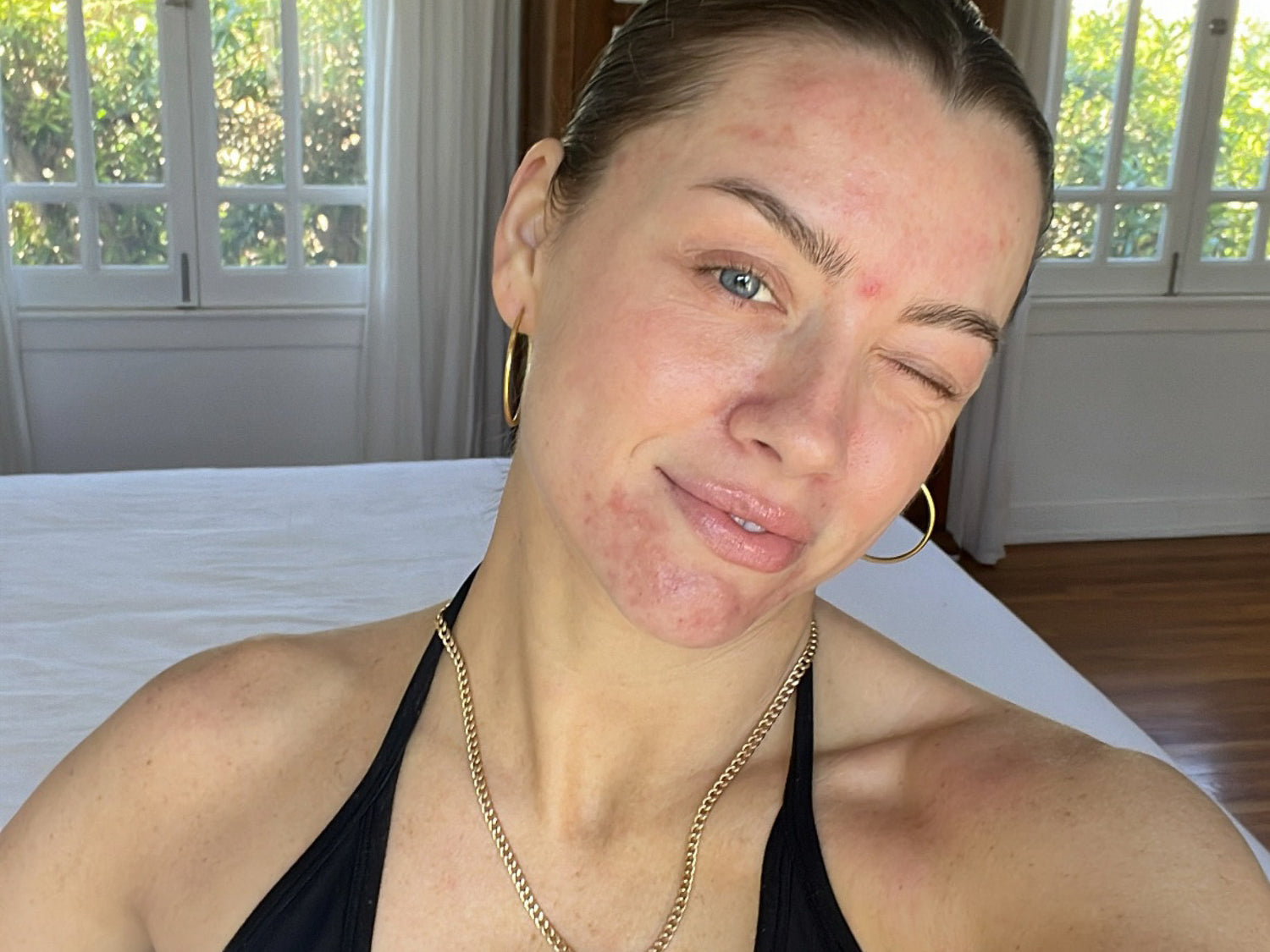

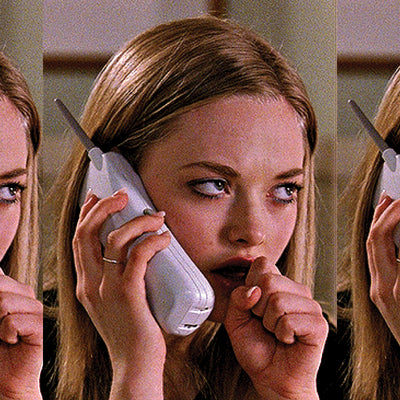
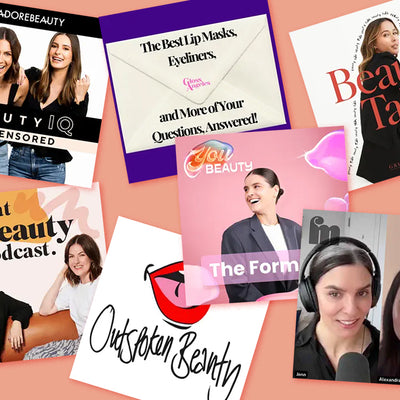
Comments